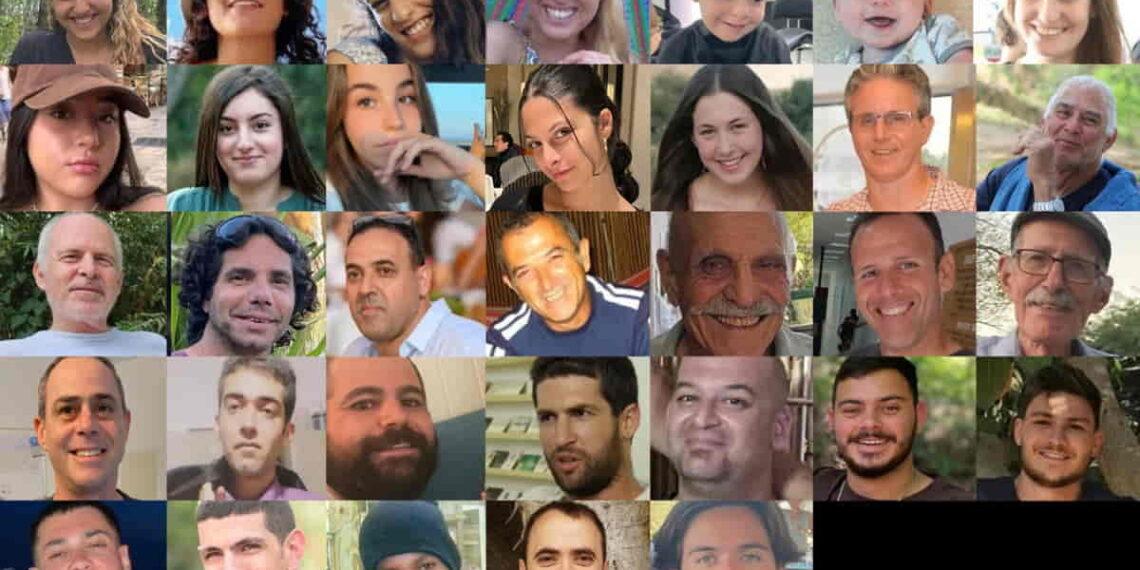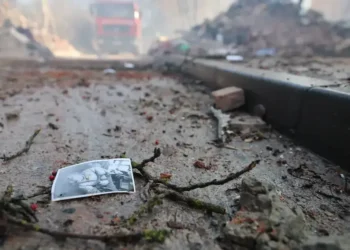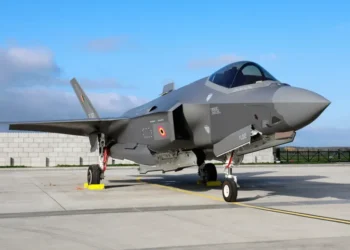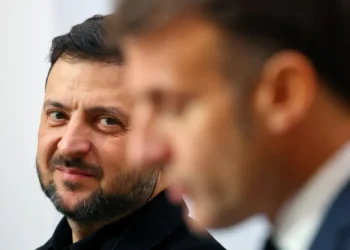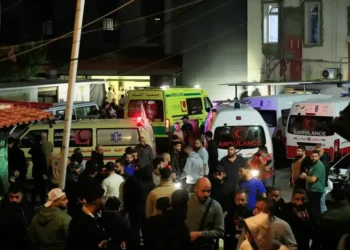Ceasefire Takes Effect as Hamas Names Three Hostages to Be Freed
A ceasefire has come into effect following a brief delay on Sunday morning, after Hamas provided Israel with the names of three female hostages to be released. The hostages, Romi Gonen (24), Emily Damari (28), and Doron Steinbrecher (31), are set to be freed later in the day, marking the first hostage swap since the brutal October 7 attack in 2023.
The families of the three women confirmed their release, with the hostages expected to be returned to Israel by the afternoon. This is a significant moment in the ongoing conflict, as 94 hostages remain in captivity, and the agreement is part of a broader deal aiming to end the war and free other hostages.
A Delayed Agreement and Ceasefire
Prime Minister Benjamin Netanyahu’s office confirmed late Sunday that Israel received the names from Hamas, allowing the ceasefire to go into effect at 11:15 a.m. Israeli officials reviewed the list before the ceasefire could commence.
The ceasefire and hostages’ release are part of a deal brokered in Doha, which is a culmination of months of international efforts. The deal envisions the release of 33 hostages over the next 42 days, in exchange for nearly 2,000 Palestinian prisoners. However, there are concerns on both sides that the agreement might unravel before its completion, leaving many still in captivity and plunging Gaza into further conflict.
Initial Delays and Tensions
Tensions arose leading up to the ceasefire due to delays in Hamas providing the hostages’ names. Hamas missed two deadlines for the list, and Israeli officials refused to halt fire until the list was delivered. At one point, Israel warned it would continue fighting until it had the necessary details from Hamas.
By 10 a.m. on Sunday, Hamas provided the names of the three women. Israeli airstrikes continued early Sunday morning, killing at least eight people according to Hamas-controlled health authorities, though the exact identity of the victims remains unclear.
The Hostage Release Process
After the names were received, Gal Hirsch, the Israeli government’s point person for the hostage return, spoke with the families of the three women. The hostages will be brought to one of three IDF facilities near Gaza for initial treatment and debriefing before being transferred to hospitals to meet with their families.
The women had been kidnapped during the October 7 assault. Gonen was abducted while fleeing the Nova music festival, Damari was taken from Kibbutz Kfar Aza, and Steinbrecher was also kidnapped from Kfar Aza.
The Broader Deal and Ongoing Concerns
In exchange for the release of the three hostages, Israel will free 95 Palestinian prisoners. Over the course of the deal’s first phase, Israel will release up to 1,904 prisoners in return for the full release of 33 hostages. This deal, ratified on Friday by Israel’s security cabinet, follows a failed hostage swap in November 2023 and aims to bring an end to the ongoing violence.
Hamas has held 251 hostages since the October 7 attack. Though some have been released, including 105 civilians in a brief truce in November, 94 hostages remain in captivity.
Aid to Gaza and Future Phases
Ahead of the ceasefire, hundreds of aid trucks were lined up at the Gaza border, ready to deliver essential supplies. Egypt has committed to sending 600 trucks per day, including fuel shipments, once the ceasefire is fully in effect.
The deal also promises the release of more prisoners, with the second and third phases scheduled to continue over the next several weeks. However, there is growing concern in Israel that the deal could falter before reaching its final stages, especially after some political figures suggested a return to military operations after the first phase.
International Role and U.S. Influence
The deal’s success is partly attributed to U.S. diplomatic efforts. President-elect Donald Trump’s envoy, Steve Witkoff, was instrumental in pushing for the breakthrough, with sources suggesting that Witkoff helped convince Prime Minister Netanyahu to support the agreement.
Trump himself expressed cautious optimism about the deal, signaling that he hoped it would hold through its three phases. His administration has assured hostages’ families that they will ensure the full implementation of the agreement.
Conclusion: A Fragile Peace
While the first step of the ceasefire and hostage swap is a hopeful moment, the deal’s future remains uncertain. The lives of many hostages still hang in the balance, and concerns about the stability of the agreement continue to overshadow the fragile peace. The coming weeks will determine whether this ceasefire leads to lasting resolution or if the cycle of violence will resume once again.
This article was rewritten by JournosNews.com based on verified reporting from trusted sources. The content has been independently reviewed, fact-checked, and edited for accuracy, neutrality, tone, and global readability in accordance with Google News and AdSense standards.
All opinions, quotes, or statements from contributors, experts, or sourced organizations do not necessarily reflect the views of JournosNews.com. JournosNews.com maintains full editorial independence from any external funders, sponsors, or organizations.
Stay informed with JournosNews.com — your trusted source for verified global reporting and in-depth analysis. Follow us on Google News, BlueSky, and X for real-time updates.
